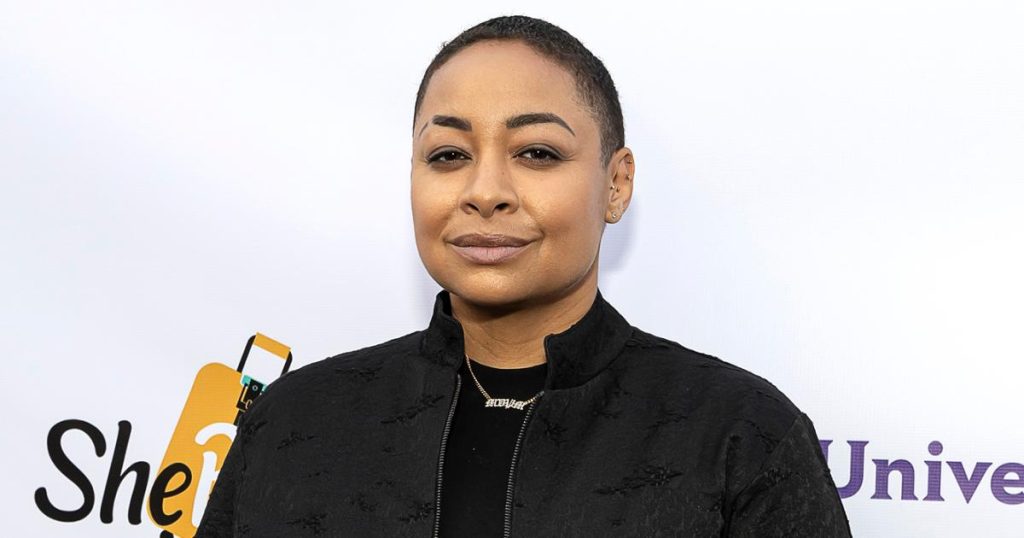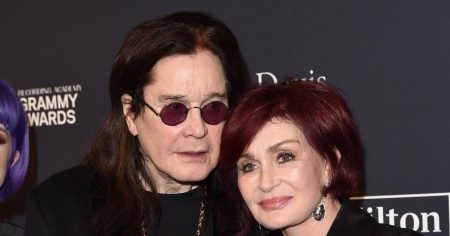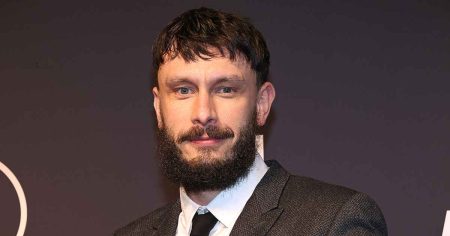Raven-Symoné’s recent revelations about undergoing breast reduction surgery at the tender age of 15 have sparked a conversation about the pressures young actors, particularly young women, face in the entertainment industry. Her candid disclosure on her podcast, “Tea Time with Raven & Miranda,” co-hosted with her wife Miranda Pearman-Maday, detailed a complex narrative of body image issues, external pressures, and the lasting impact of these experiences. The actress, best known for her titular role in the Disney Channel hit series “That’s So Raven,” linked the procedure to her desire to secure the show, a claim that raises questions about the potential exploitation and objectification of young performers. Her recounting of the events paints a picture of a teenager grappling with the demands of an industry that often prioritizes appearances over well-being.
The circumstances surrounding Raven-Symoné’s decision to undergo the procedure at such a young age are troubling. Her statement, “Someone said I needed to do it in order to get a show,” suggests an environment where a minor’s body was seen as a commodity to be altered for the sake of perceived marketability. This raises serious ethical concerns about the power dynamics at play and the potential for coercion, especially when a young person’s career prospects are on the line. While the actress hasn’t explicitly named who pressured her, the implication that it was someone with influence in the industry highlights the vulnerability of young aspiring actors. This instance serves as a stark reminder of the need for stronger safeguards and ethical guidelines to protect minors in the entertainment world from undue pressure regarding their physical appearance.
The actress’s desire to couple the breast reduction with liposuction further underscores the body image struggles she was experiencing at the time. Her justification, “If I get lipo, will people stop calling me fat?”, reveals the impact of societal beauty standards and the pressure to conform, especially within the image-conscious entertainment industry. This highlights the broader issue of how young individuals, particularly girls, internalize negative comments about their bodies, leading to drastic measures to achieve an often unattainable ideal. Raven-Symoné’s experience echoes the struggles many young people face as they navigate a world saturated with unrealistic beauty standards perpetuated by media and societal pressures.
The long-term physical and emotional consequences of these early surgeries are also a significant part of Raven-Symoné’s story. She described the resulting “anchor scar,” a common outcome of breast reduction surgery, and the disappointment of the weight gain she experienced afterward, which led to the need for additional procedures. Her account sheds light on the often-overlooked reality that surgical alterations, while sometimes desired, can have unforeseen complications and may not always deliver the intended emotional relief. Furthermore, the fact that she underwent multiple procedures before turning 18 points to the potential for a cycle of body modification driven by persistent insecurities and external pressures.
The actress’s more recent revelations, in which she revealed having had two breast reductions and liposuction before 18, further complicate the narrative. The involvement of her father, who “strongly suggested” the breast reduction and offered lipo as a form of consolation, raises questions about parental influence and the potential blurring of personal agency in these decisions. While it is unclear what motivated her father’s suggestion, the fact that he linked the procedures to external pressures (“So you don’t feel bad…will people stop calling me fat?”) suggests an attempt to protect his daughter from the harsh realities of the entertainment industry. However, this approach potentially reinforced the message that her worth was tied to her physical appearance.
The fact that Raven-Symoné is now openly discussing these experiences as an adult suggests a process of reflection and coming to terms with the complexities of her past. By sharing her story, she is contributing to a larger conversation about the pressures faced by young performers and the importance of protecting their well-being. Her willingness to discuss the physical and emotional scars of these surgeries, coupled with her commentary on how body acceptance has evolved since her teenage years, highlights the ongoing journey of self-acceptance and the importance of advocating for healthier standards within the entertainment industry and society as a whole. Her story serves as a testament to the need for greater awareness, support, and protection for young people navigating the complexities of body image and the pressures of a demanding industry.










